If you’re a regular reader of V&F then you’d already be aware of how much we love our comparisons videos. We’ve spent time comparing the GH4 to the Alexa, or the time we checked out the Galaxy Note 3 vs the 5D Mk 3.
Well today, we’ve found another round of comparison videos we couldn’t wait to share with our readers. This time comparing the as-yet to be released Chinese OnePlus One 4K smartphone vs the Canon 5D Mk 3. For the sake of our keyboards (and fingernails), we’ll be referring to the OnePlus One as OPO.
The Canon 5D Mk 3 is getting a bit old these days, it’s been two years since it was first released and despite it being a filmmaking camera used in plenty of Hollywood blockbusters (The Avengers (2012) , Captain America (2011), Iron Man 2 (2010), the list goes on), it’s just not cutting it the way that the Sony A7S or possibly even Panasonic’s GH4 does.
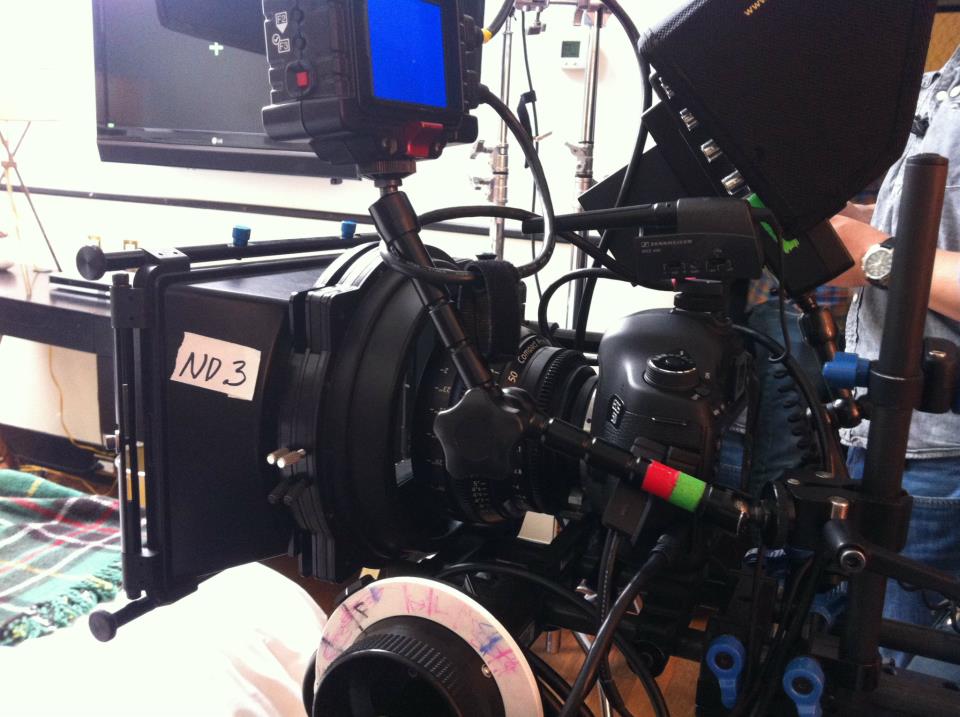
On the set of ‘Anchors’, DP David Cavallo shot with this rig: the MKIII body, EP’s customized Red Rock 15mm studio rod system, matte box and handheld system , an Arri FF4 follow focus and set of 4 Zeiss CP2 primes (35mm, 50mm, 85mm, 100mm.) (image: David Cavallo).
It’s also a little unfair comparing the 5D to a 4K camera, even one that’s inside of a smartphone. Of course the clarity will be better on the scaled down 4K, it’s 4K for goodness sake!
In saying that, sharpness was never great on the 5D Mk 3, but there were a lot of things the camera did really well, which is why it’s been so loved in filmmakers hands. And yes, there are some who don’t believe that ANYTHING coming from a DSLR could be considered ‘cinematic’, let alone, egads a smartphone! But those people tend to think that nothing is worth filming on unless it has a RED, an Arri, or some other high-end camera brand name printed on the side.
That’s great for those who have the budget, but if you’re a struggling filmmaker fresh out of film school, or you’re shooting a no-budget film then your options are somewhat limited.
Let’s face it, if you can shoot something great on your smartphone, something that’s laurel-worthy then you must be doing something right.
Like that wise, old proverb says – It’s not what you have but what you do with it that counts.
So onto the shootout.
Our Competitors:
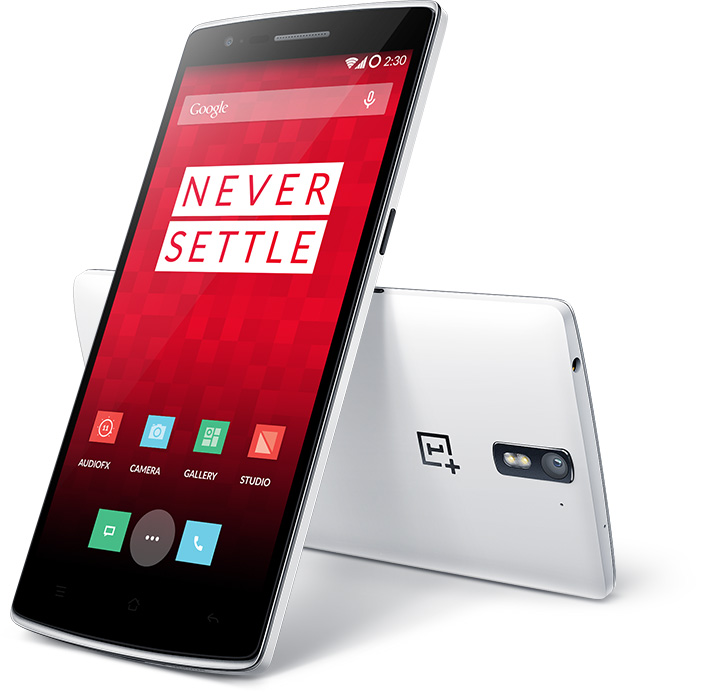
In the right corner we have, the very pretty and very new OPO smartphone, weighing in at US$350 (64gb). Sporting a 13 megapixel Sony EXMOR IMX214 sensor with an f/2.0 aperture, with six physical lenses inset, capable of 4K recording and slo-mo 720p @ 120fps.
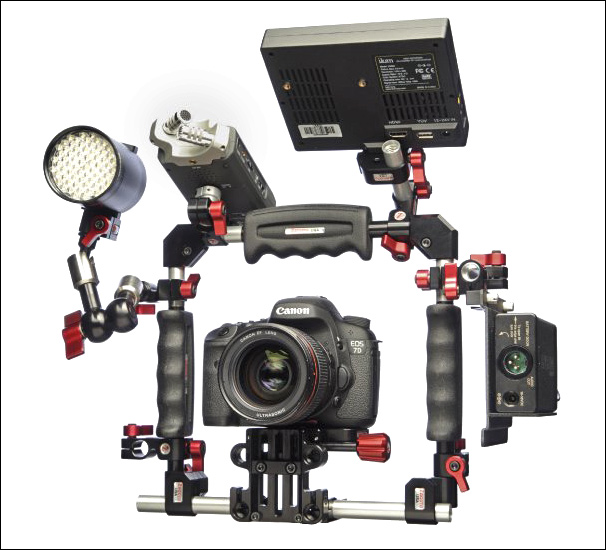
5D mk3 in the Zacuto Z-cage
In the left corner, we have the slightly older but much loved, Canon EOS 5D Mk 3, weighing in at US$3,399 (body only). It’s a 22.3 megapixel DSLR, with a full frame CMOS sensor, 14 bit resolution and shoots 1080p @ 30fps.
Although, it needs to be said, that with the open-source Magic Lantern firmware, the 5D is able to shoot in full 14 bit uncompressed RAW, which honestly would have been a fairer comparison to 4K. We suspect the OPO’s 4K footage wouldn’t have looked quite as good, alongside the uncompressed RAW footage.
The Test:
The Results:
This shootout was shot by blogger Giacomo Mantovani, who said:
“The sole aim of this test is to compare how the OnePlus One performs in respect to the Canon 5D Mark III in a ideal light condition. In this case I am pleased to notice that the OPO is the clear winner, but no doubts that the Canon 5D Mark III is still the best option for filmmakers, for all the many reasons that make a DSLR what it is. It is though interesting to notice that, in terms of dynamic range, the OPO performed incredibly well compared with the 5D, and I can tell you that with a similar exposure, there is almost no difference between the two.” You can read Mantovani’s blog post on the OPO here.
As Mantovani says the OPO is a lot sharper than the 5D, which you can clearly see (pun, anyone?) when the 300% crop is done. In this case, yes the OPO is the winner.
Although, it’s hardly surprising, that’s a 300% crop on 1080p footage, which would arguably give the same result no matter which digital camera you chose to shoot it on.
As we said earlier, a fairer comparison would see the 5D footage shot in uncompressed RAW with dynamic range and colour as a comparison factor. This shootout was done in absolutely ideal conditions, which hedges a win for the OPO. There isn’t even a comparison in low-light conditions.
Mantovani did test the OPO in low-light and the results are not great, most filmmakers would considered the footage as unusable.
Final Thoughts:
It’s still good to know that if you do have a new smartphone, which is capable of 4K recording (like the OPO or the Galaxy Note 3), you definitely have an extra option for shooting your film, or parts of your film with. As long as it’s in daylight or well-lit indoors, you should be good to go.
Even if you’re only using it for some quick BTS shots, or if your film includes a scene that is meant to look like a home video diary, a vlog or a sequence supposedly ‘shot on a phone’.
For those times, you can whip out your OPO, pop it on a Luuv (or some other phone stabiliser) and shoot to your hearts content, knowing that you’re shooting usable footage.
Mantovani’s final video shows the kind of quality you can expect, when shooting in 4K on the OPO:

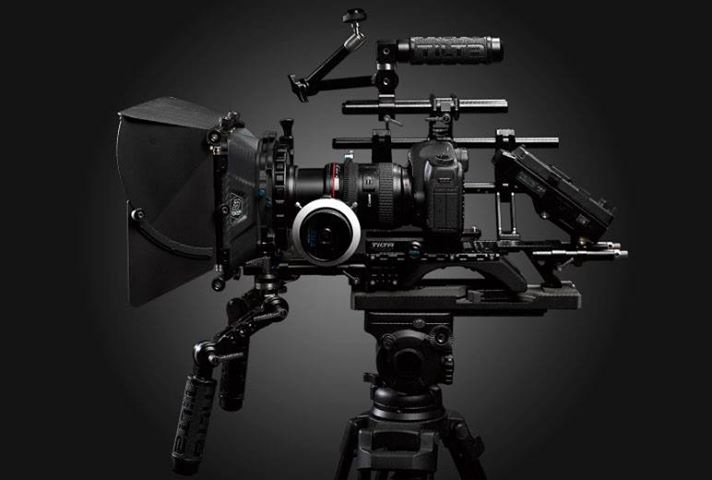
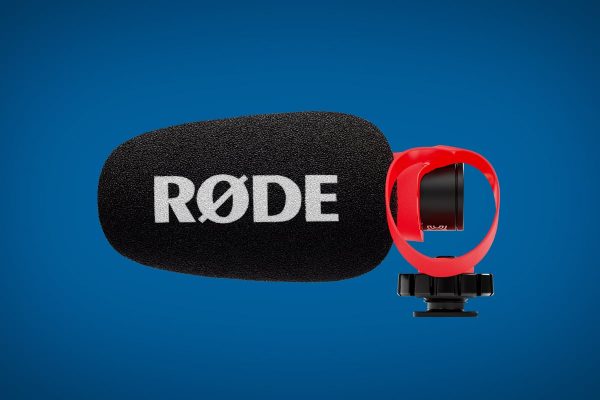
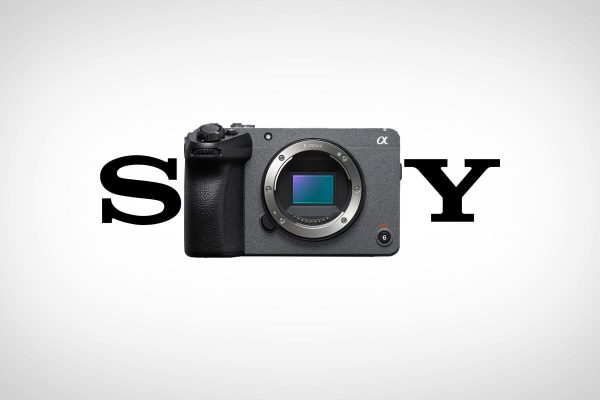
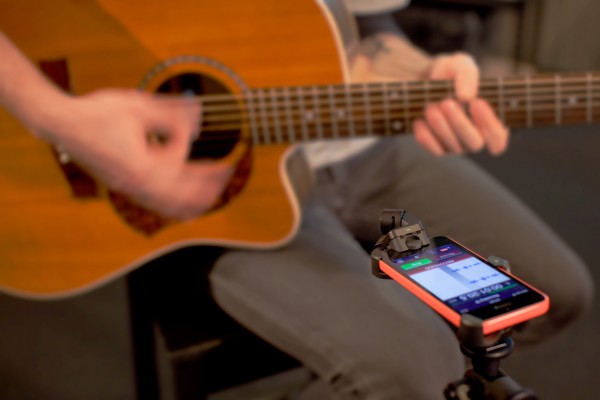
Virgil Georgescu
Good evening everyone.
This would be the second article I`ve read today about this “showdown”. Many comments pointed out various technical aspects (resolution, depth of field, 4k, 1080p, highlights, etc, etc) . Also referred the iPhone used for the Bentley commercial. Here, my comment would the first entrance. Please let it be “the only one” and move on! Discussions like these have become the reason for some people to show off how much they`ve spent reading the specs.
Please shoot with whatever you want and stop comparing a darn phone with a semi-pro camera (be it photography or video or both). My plea goes to the other endless discussions (some of them fed by people who barely if ever used the gear on topic) regarding the “battle” where The Red Dragon is taking on Alexa, the GH4 stands tall against a7s (or viceversa) and Mark III (Magically Lanterned) is trailing behind. And F55 is doing something. And not to forget the Blackmagic line. Or whatever.
It is not my intention to make any comparison between the above mentioned cameras. They were designed as good as their designers` abilities and business development objectives.
Judiciously check your project against your budget and you will make the necessary arrangements!
Apropos, I own a Mark II.
I bid you good evening.
Virgil
PS
I will take the liberty of publishing these words on the other site.
Nicole Boyd
Very True Virgil. As we said in the article, it really isn’t what you have but what you do with it that counts.
Nicole, V&F Online Editor